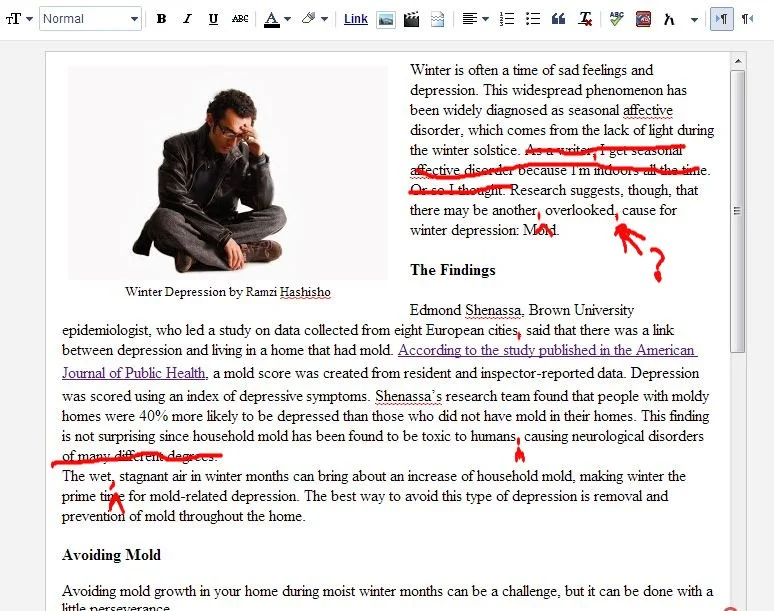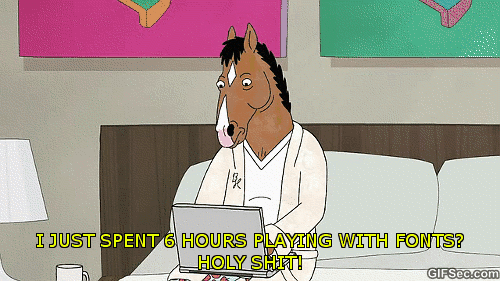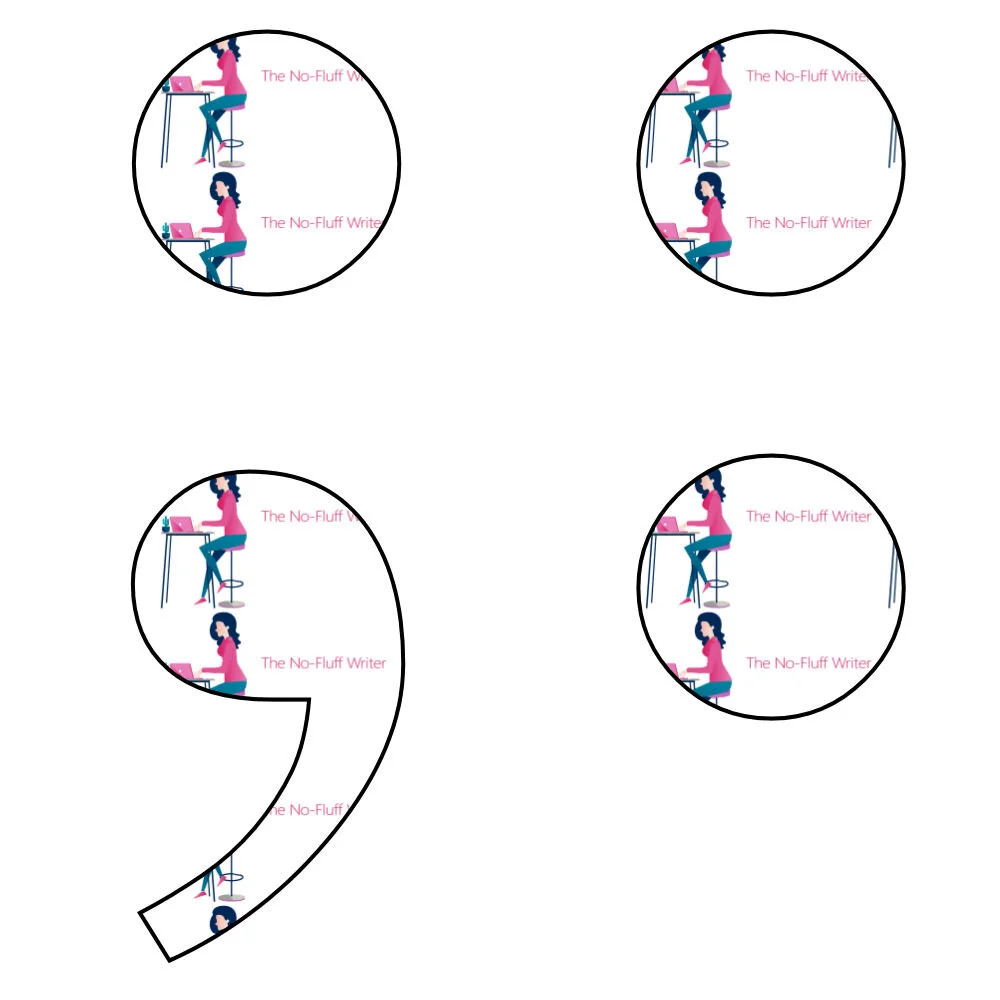Edit Your Writing: How to Use Commas, Quotation Marks and Semicolons
Creating clean, mostly error-free content is important to freelance writers. Copy full of errors look unprofessional and can really turn off potential customers. You don't want to be lumped in with noobs! Edit!
Emails, blogs and social media encourage speed over accuracy, lulling many into the feeling that close is good enough. If you plan on being a successful freelance writer, though, almost isn't good enough. Here are some tips to help you get closer to perfection.
When to Use Commas
One of the most common problems even more skilled writers run into is how to use commas properly. A comma is defined as a punctuation mark used to indicate the separation of ideas or elements or a pause in a sentence.
The biggest misuse of commas is often overuse. When in doubt, use a comma when there is an audible pause while saying the sentence out loud.
For example:
Jan, can you write the story, please?
This sentence has definite pauses when said aloud. Proper use of commas also keeps the meaning of a sentence clear.
For example:
Wrong - Jan loves to draw fish and write.
Jan likes to draw fish?
Right - Jan loves to draw, fish and write.
Notice that a comma wasn’t used after the word “fish.” It has become common to leave off the comma before “and” in a series, especially if you are writing for magazines or websites.
The last use of a comma is with a direct name or title.
For example:
The writer and artist, Jan, is my old friend.
Or
Would you draw me a picture, Jan?
Or
Jan Lang, Ph.D., is the author of some impressive articles.
punctuation edit
How to Mix Quotation Marks and Punctuation
Using punctuation with quotation marks isn’t the mystery some think it is. In fact, there are only two major rules to remember:
Always use punctuation inside the quotation marks.
For example:
“The article is finished. It only took a week to do.”
And
Jan said, “It only took a week.”
Also, always use a comma before or after a quote is introduced.
For example:
Jan said, “The article is finished.”
And
“The article is finished,” cried Jan.
“Said” in the first sentence tells you that a quote is coming so it is followed by a comma.
In the second sentence, “cried Jan” tells you who just made the quote. In this case, there is a comma before “cried.” Remember, the punctuation is always found inside the quotation marks.
editing quotes
When to Use a Semicolon
Semicolons are an unloved punctuation, mostly because it is misunderstood. If used correctly, though, semicolons are an easy way to spice up a writer’s prose, or at least show an editor that the writer is competent.
The rule to follow is: If there are two sentences that are complete thoughts and don’t have a conjunction, you can use a semicolon to join them.
For example:
Jan’s article is interesting; it is full of great quotes.
Sure, you could put a period between these two statements, but it sounds so much better with a semicolon. Basically, a semicolon shows a close relationship between two sentences and a pause just a little shorter than a period, but longer than a comma.
Now that your copy is treated with respect, romance will be on the way. Your customers will undoubtedly fall in love with the work and you can ride off into the sunset with a check in-hand.










